When it comes to home improvement projects, replacing a kitchen sink faucet can seem like a daunting task. However, with the right tools and knowledge, it can be a simple and satisfying DIY project. Whether your current faucet is outdated or simply needs an upgrade, replacing it can give your kitchen a fresh new look. In this article, we will guide you through the steps to successfully replace your kitchen sink faucet.How to Replace a Kitchen Sink Faucet
Before you begin the process of replacing your kitchen sink faucet, make sure you have all the necessary tools and materials. This includes a new faucet, basin wrench, adjustable wrench, plumber's putty, and Teflon tape. Once you have everything you need, follow these six steps: Step 1: Turn off the Water Supply The first step is to turn off the water supply to your kitchen sink. Locate the shut-off valves under the sink and turn them clockwise to shut off the water. If your sink does not have shut-off valves, turn off the main water supply to your home. Step 2: Remove the Old Faucet Next, you will need to remove the old faucet. Start by disconnecting the supply lines from the faucet. Use an adjustable wrench to loosen the nuts and then remove them. Once the supply lines are disconnected, you can remove the faucet from the sink. Step 3: Clean the Sink Before installing the new faucet, it is important to clean the sink thoroughly. Use a mild cleaner to remove any residue or old putty. Make sure the sink is completely dry before moving on to the next step. Step 4: Apply Plumber's Putty Apply a thin layer of plumber's putty around the base of the new faucet. This will help create a watertight seal between the faucet and sink. Be sure to follow the manufacturer's instructions for the proper amount of putty to use. Step 5: Install the New Faucet Place the new faucet into the holes on the sink and secure it with the mounting nuts provided. Use a basin wrench to tighten the nuts and ensure the faucet is securely in place. Then, reconnect the supply lines to the faucet. Step 6: Turn the Water Supply Back On Once the new faucet is installed, turn the water supply back on and check for any leaks. If there are no leaks, you can turn on the faucet and test the water flow. If everything looks good, you have successfully replaced your kitchen sink faucet!Replacing a Kitchen Sink Faucet: 6 Steps
Replacing a kitchen sink faucet is a great DIY project for those looking to improve their home without breaking the bank. Plus, you can take pride in knowing you completed the task yourself. Just make sure to follow the steps above and take your time to ensure everything is installed correctly.DIY: How to Replace a Kitchen Faucet
Replacing a kitchen sink faucet may seem overwhelming, but with our step-by-step guide, you can easily tackle this project. Just remember to gather all the necessary tools and materials, and take your time to ensure everything is done properly.Step-by-Step Guide to Replacing a Kitchen Faucet
If you are a beginner when it comes to home improvement projects, replacing a kitchen sink faucet can be a great place to start. It is a relatively simple project that can make a big difference in the overall look of your kitchen. Just be sure to follow the steps and take your time to avoid any mistakes.Replacing a Kitchen Sink Faucet: A Beginner's Guide
When it comes to replacing a kitchen sink faucet, there are a few tips and tricks that can make the process even easier. For example, using Teflon tape on the threads of the supply lines can help prevent leaks. Additionally, make sure to read the manufacturer's instructions for any specific tips for your particular faucet.Kitchen Sink Faucet Replacement: Tips and Tricks
While replacing a kitchen sink faucet may seem like a simple task, there are some common mistakes that can be easily avoided. These include not turning off the water supply before starting, not using the right tools, and not properly tightening all the connections. Be sure to double-check everything before completing the project.Replacing a Kitchen Sink Faucet: Common Mistakes to Avoid
With so many options available, choosing the right kitchen sink faucet for replacement can be overwhelming. When making your decision, consider the style, finish, and features that will best suit your needs. You can also consult with a professional for advice on the best faucet for your kitchen.How to Choose the Right Kitchen Sink Faucet for Replacement
Before you start replacing your kitchen sink faucet, make sure you have all the necessary tools and materials. These include a new faucet, basin wrench, adjustable wrench, plumber's putty, Teflon tape, and possibly a screwdriver or drill. Having everything you need on hand will make the process much smoother.Replacing a Kitchen Sink Faucet: Tools and Materials You'll Need
Why You Should Consider Replacing Your Kitchen Sink Faucet

The Importance of a Functional Kitchen Sink Faucet
 Your kitchen sink faucet is one of the most frequently used fixtures in your home. From washing dishes to filling up pots with water, it is an essential part of your daily routine. However, over time, your faucet can become worn out and start to malfunction. This can lead to leaks, low water pressure, and difficulty turning the handle. Not only does this make your daily tasks more difficult, but it can also lead to wasted water and higher utility bills. That's why it's important to consider
replacing your kitchen sink faucet
when it starts to show signs of wear and tear.
Your kitchen sink faucet is one of the most frequently used fixtures in your home. From washing dishes to filling up pots with water, it is an essential part of your daily routine. However, over time, your faucet can become worn out and start to malfunction. This can lead to leaks, low water pressure, and difficulty turning the handle. Not only does this make your daily tasks more difficult, but it can also lead to wasted water and higher utility bills. That's why it's important to consider
replacing your kitchen sink faucet
when it starts to show signs of wear and tear.
Upgrade Your Kitchen's Design
 Aside from functionality, your kitchen sink faucet also plays a significant role in the overall design of your kitchen. An old, outdated faucet can make your kitchen look dull and uninviting.
Replacing your kitchen sink faucet
with a new, modern one can instantly transform the look of your kitchen. With a variety of styles and finishes available, you can choose a faucet that not only functions well but also adds to the aesthetic of your kitchen. Whether you prefer a sleek and minimalist design or a more traditional look, there is a faucet out there that will complement your kitchen's design.
Aside from functionality, your kitchen sink faucet also plays a significant role in the overall design of your kitchen. An old, outdated faucet can make your kitchen look dull and uninviting.
Replacing your kitchen sink faucet
with a new, modern one can instantly transform the look of your kitchen. With a variety of styles and finishes available, you can choose a faucet that not only functions well but also adds to the aesthetic of your kitchen. Whether you prefer a sleek and minimalist design or a more traditional look, there is a faucet out there that will complement your kitchen's design.
Increase Efficiency and Save Money
 A new kitchen sink faucet can also improve the efficiency of your daily tasks in the kitchen. With features such as pull-down sprayers, touchless technology, and adjustable water flow, you can make your kitchen tasks easier and more convenient. Additionally, newer faucets are designed to be more water-efficient, helping you save money on your water bill in the long run. This makes
replacing your kitchen sink faucet
a smart investment that can benefit both your daily routine and your wallet.
A new kitchen sink faucet can also improve the efficiency of your daily tasks in the kitchen. With features such as pull-down sprayers, touchless technology, and adjustable water flow, you can make your kitchen tasks easier and more convenient. Additionally, newer faucets are designed to be more water-efficient, helping you save money on your water bill in the long run. This makes
replacing your kitchen sink faucet
a smart investment that can benefit both your daily routine and your wallet.
Hire a Professional for a Hassle-Free Replacement
 While it may be tempting to try and replace your kitchen sink faucet yourself, it's important to hire a professional for the job. A licensed plumber has the skills and expertise to properly install your new faucet and ensure it functions correctly. They can also offer advice on the best type of faucet for your specific needs and help you choose the right one. With a professional installation, you can have peace of mind knowing that your new faucet will work properly and last for years to come.
In conclusion,
replacing your kitchen sink faucet
is a practical and beneficial decision for any homeowner. It not only improves the functionality and design of your kitchen but also saves you money in the long run. By hiring a professional for the installation, you can ensure a hassle-free experience and enjoy your new faucet for years to come. So don't hesitate to make the upgrade and enjoy a more efficient and stylish kitchen.
While it may be tempting to try and replace your kitchen sink faucet yourself, it's important to hire a professional for the job. A licensed plumber has the skills and expertise to properly install your new faucet and ensure it functions correctly. They can also offer advice on the best type of faucet for your specific needs and help you choose the right one. With a professional installation, you can have peace of mind knowing that your new faucet will work properly and last for years to come.
In conclusion,
replacing your kitchen sink faucet
is a practical and beneficial decision for any homeowner. It not only improves the functionality and design of your kitchen but also saves you money in the long run. By hiring a professional for the installation, you can ensure a hassle-free experience and enjoy your new faucet for years to come. So don't hesitate to make the upgrade and enjoy a more efficient and stylish kitchen.
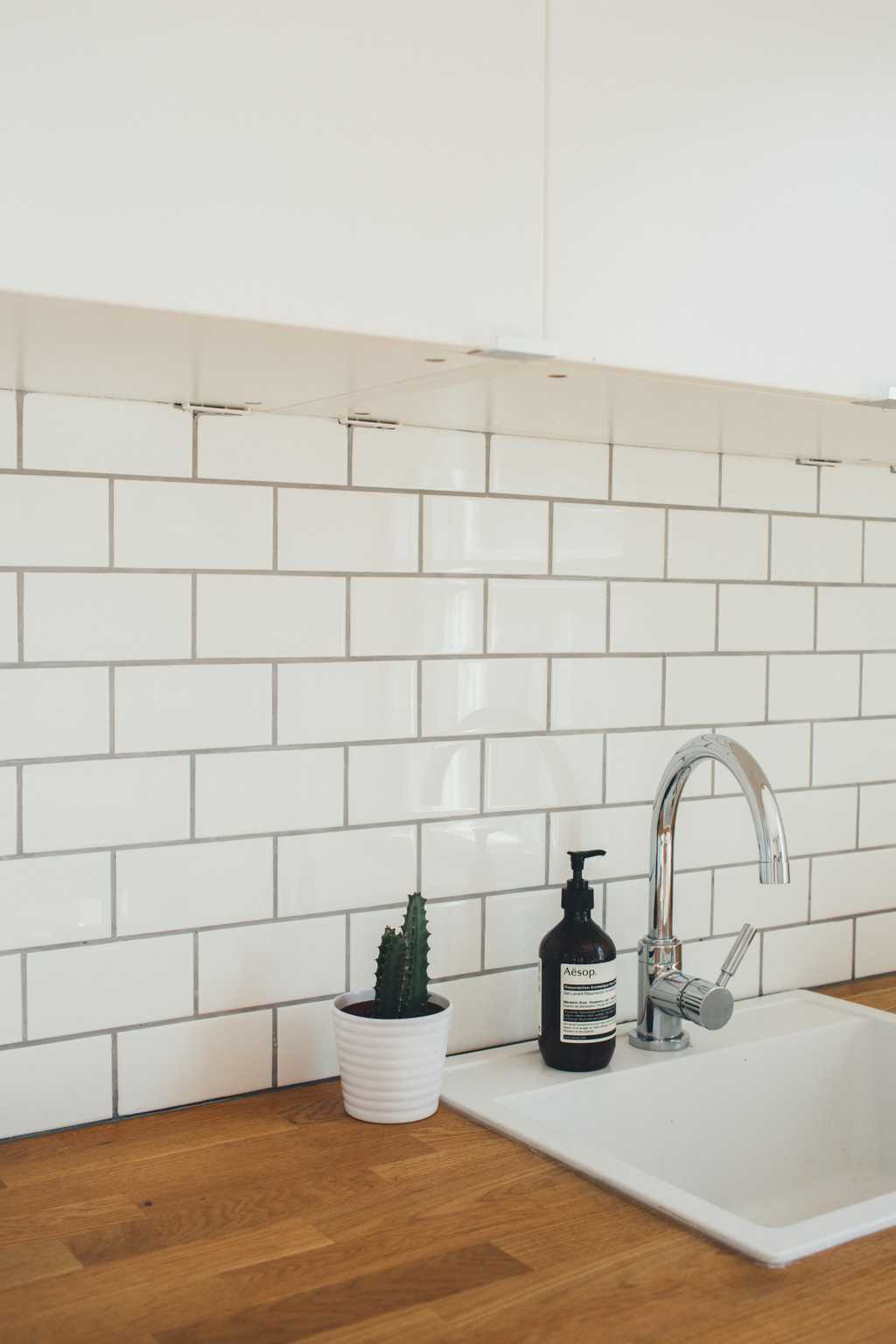















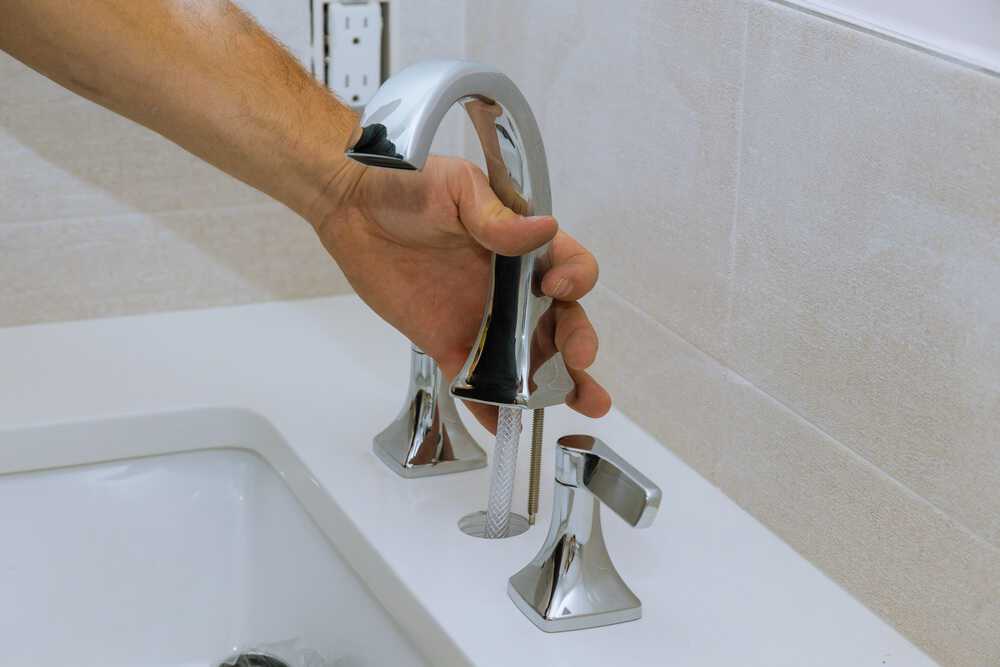

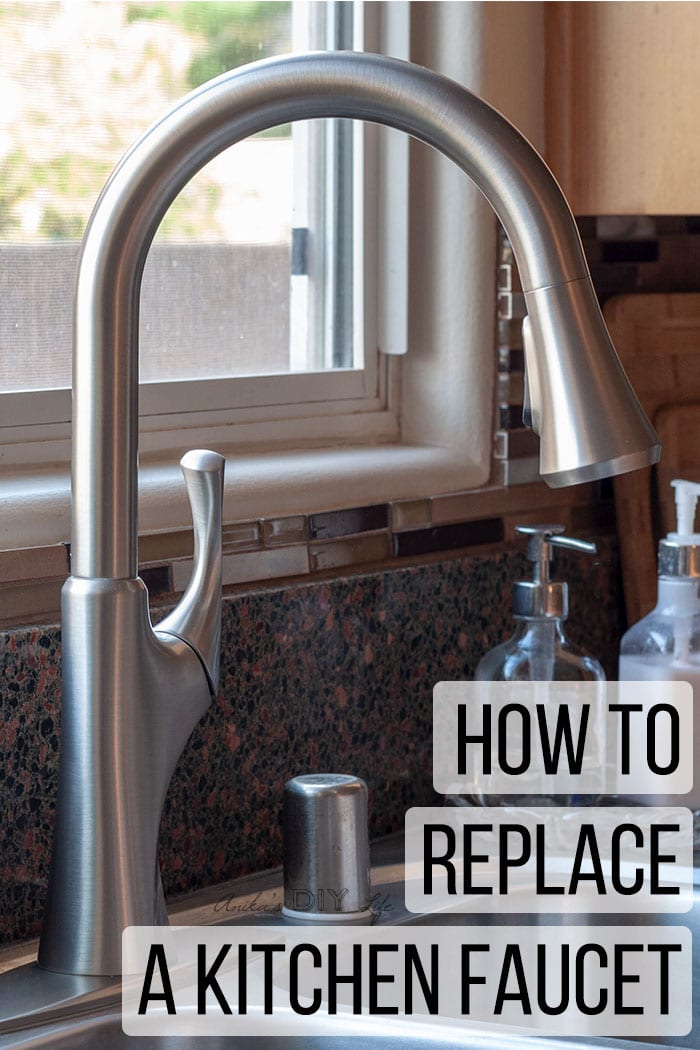

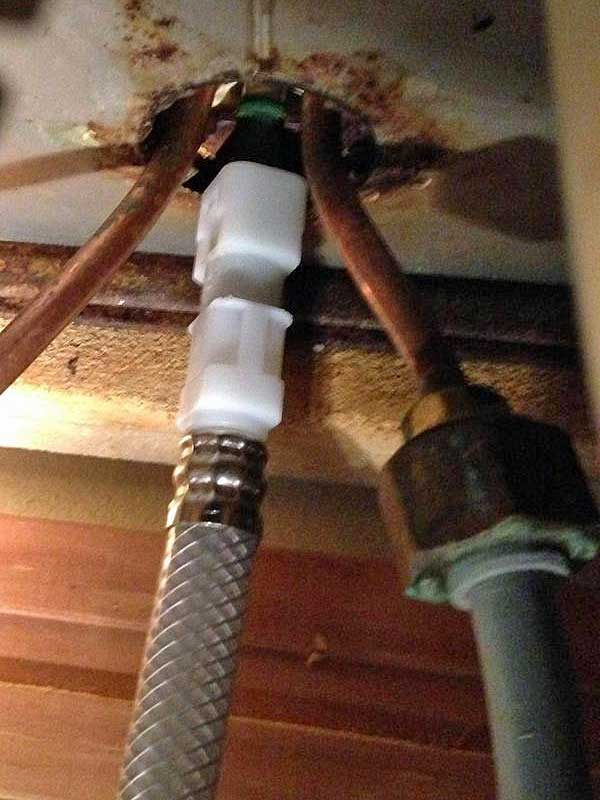
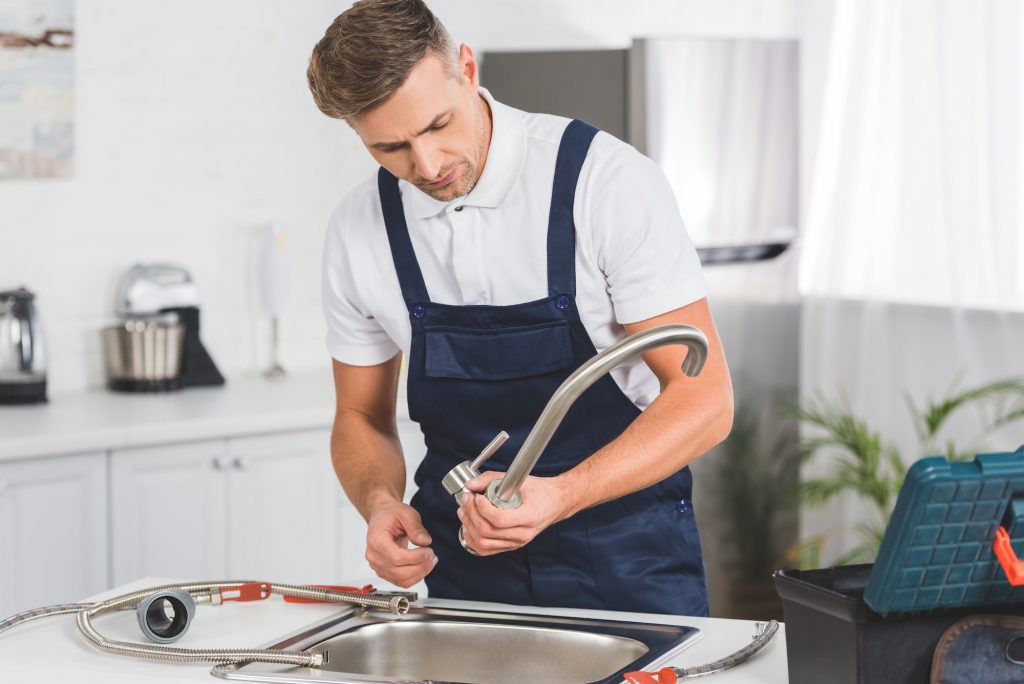
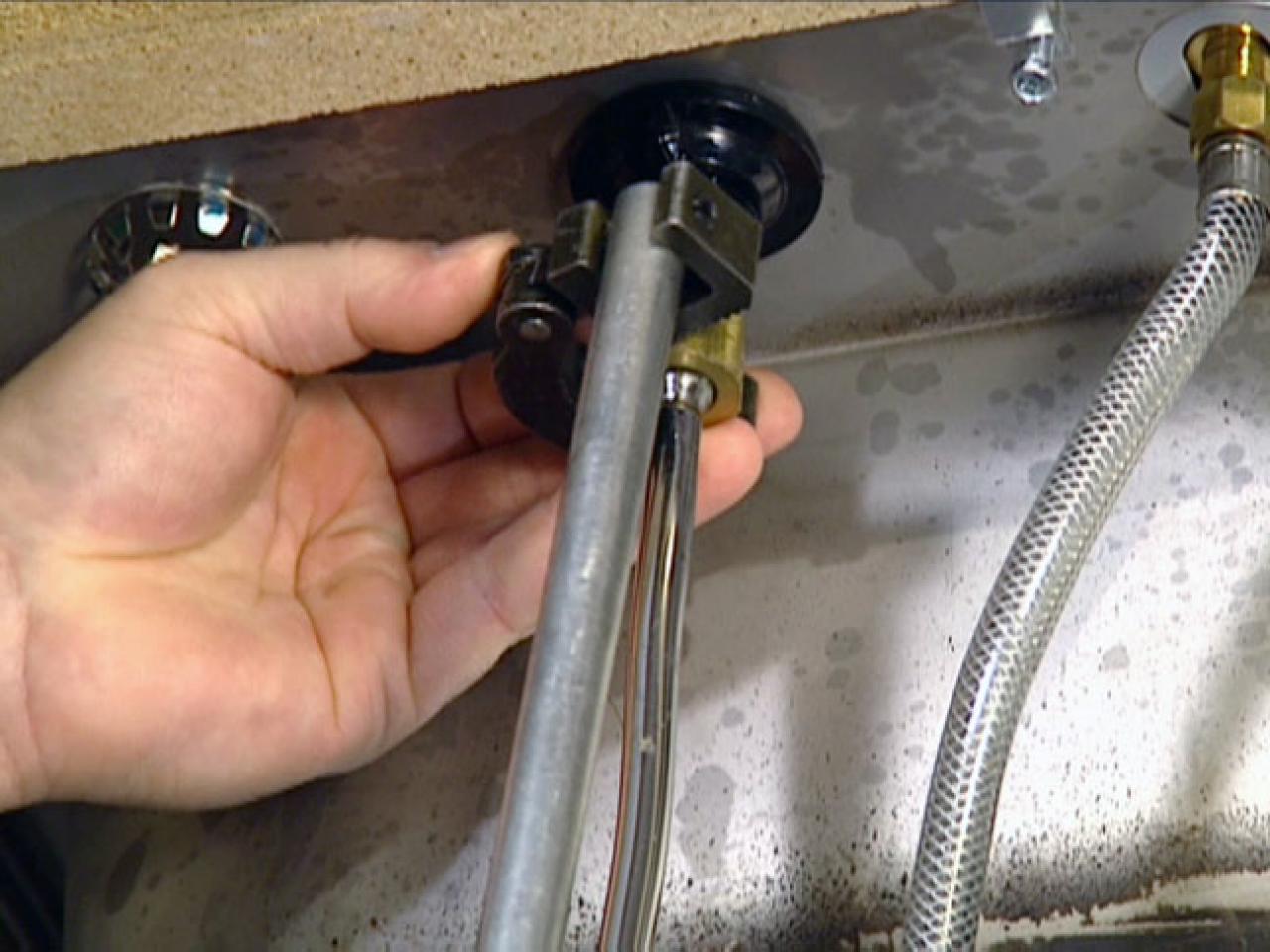
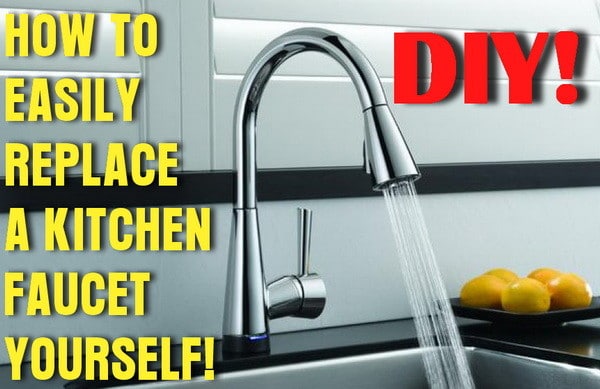
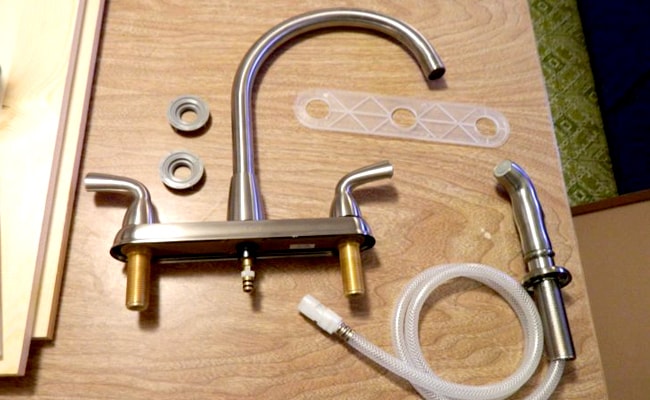


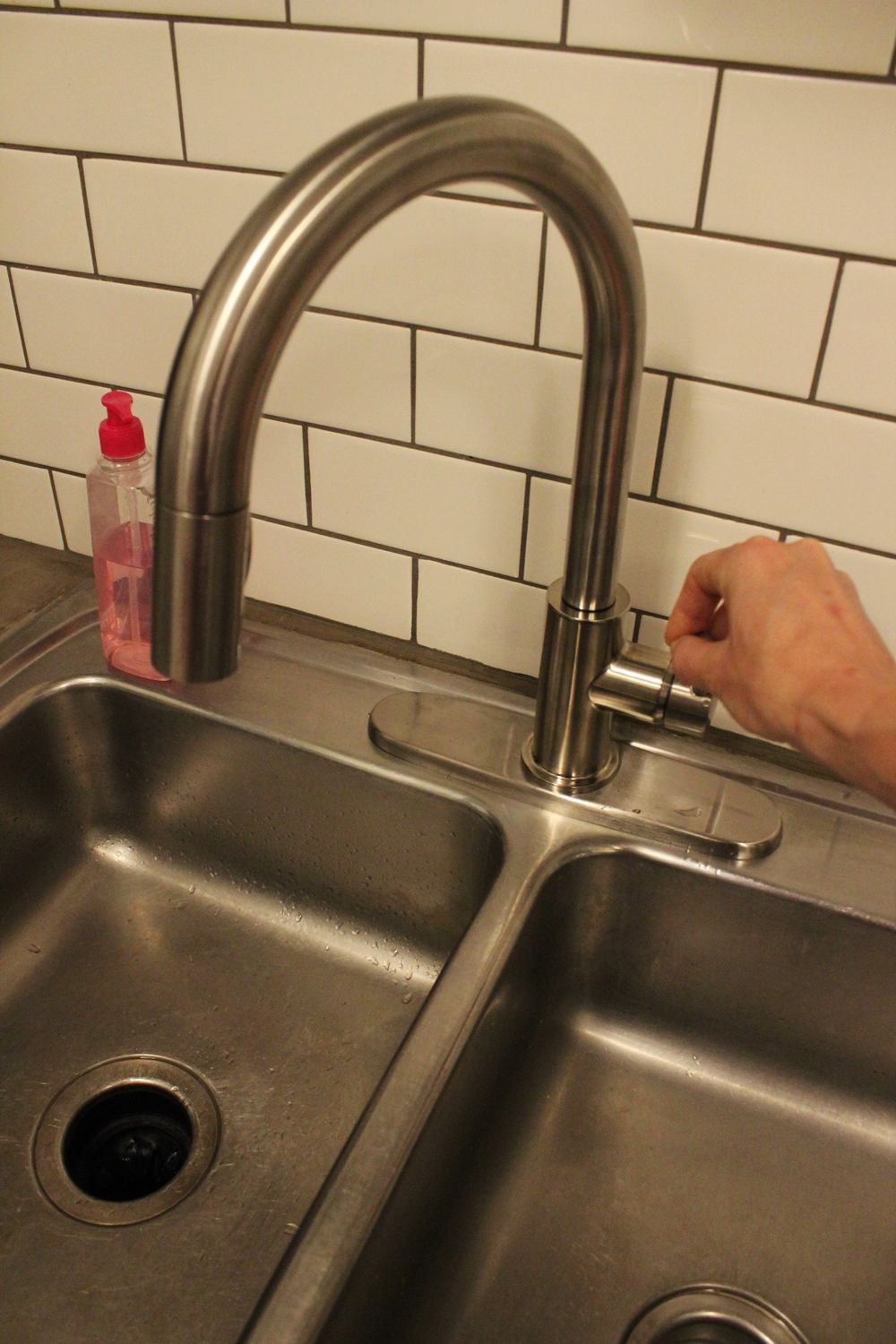



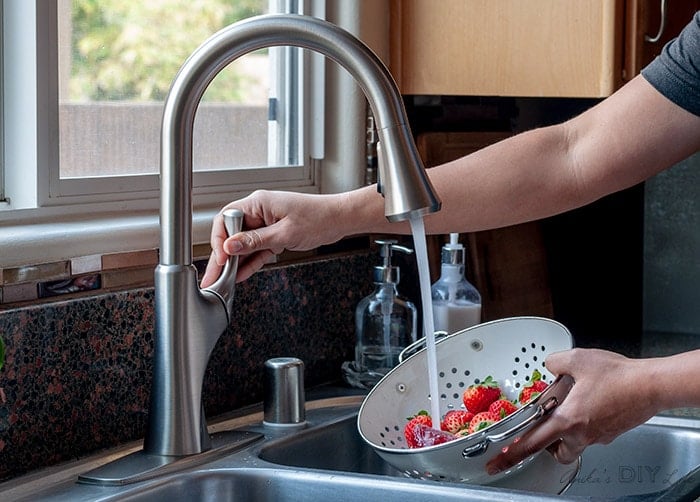

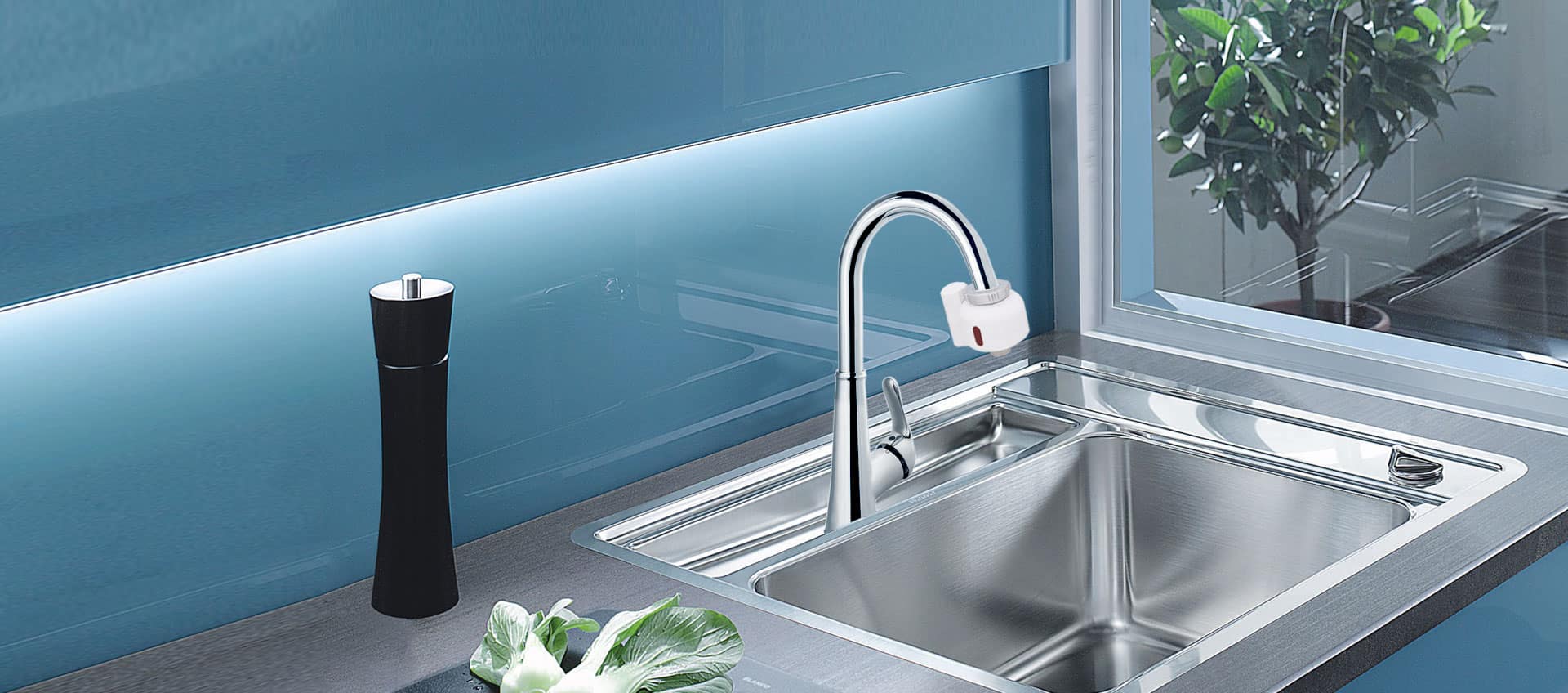







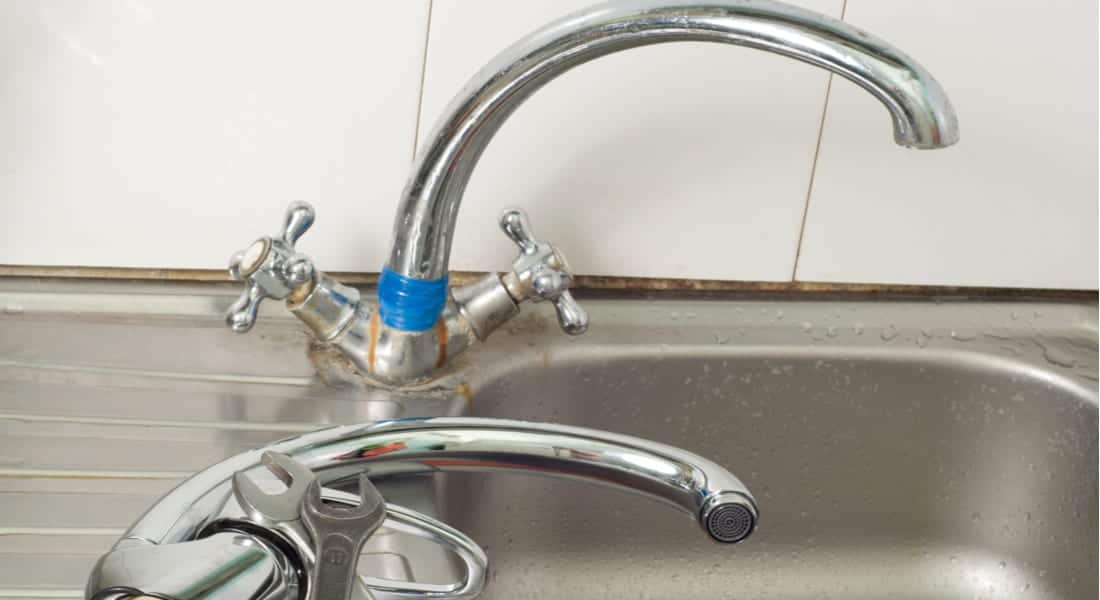
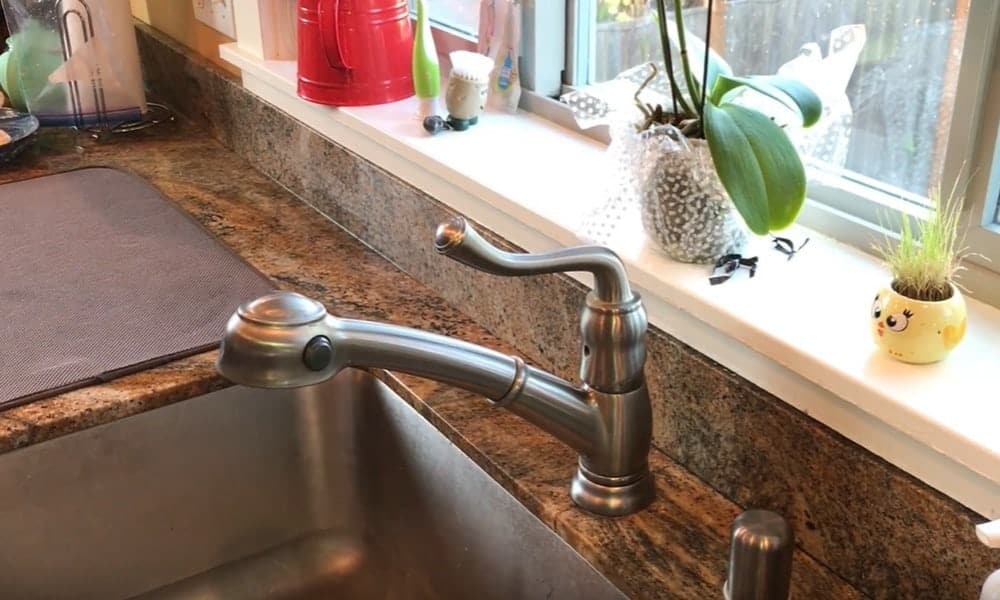


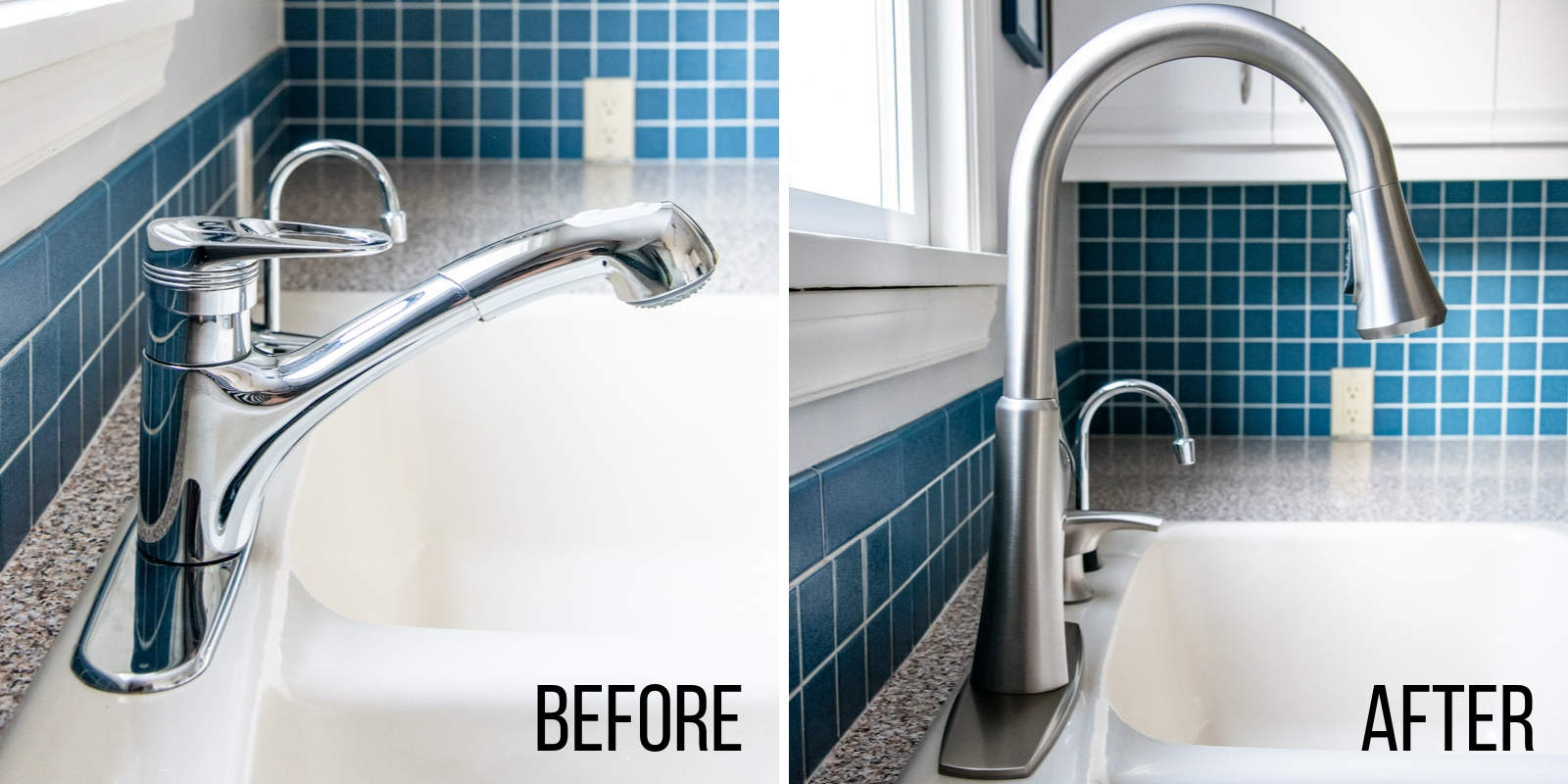
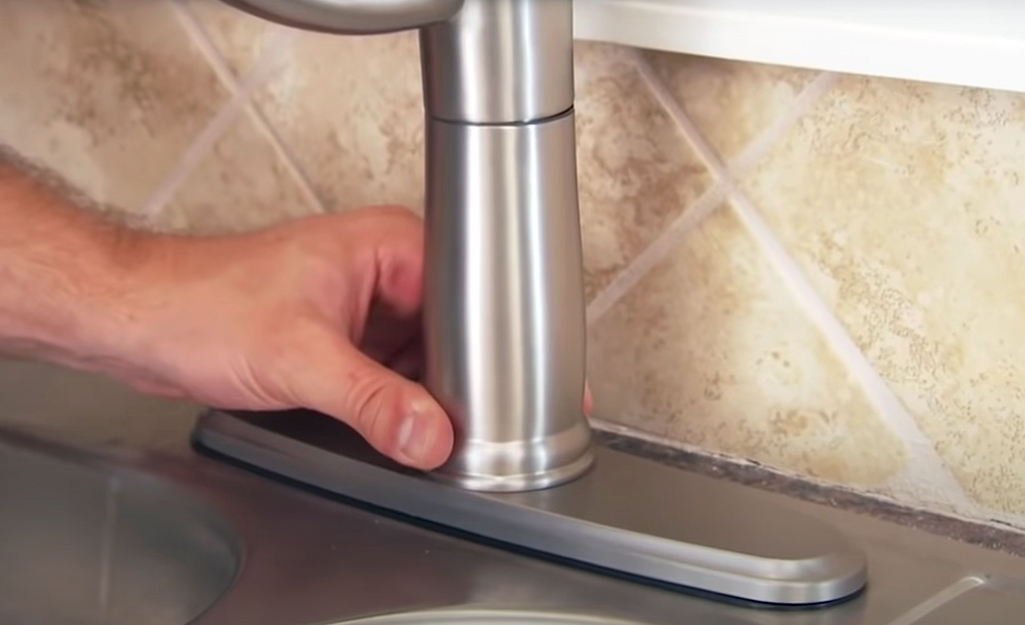
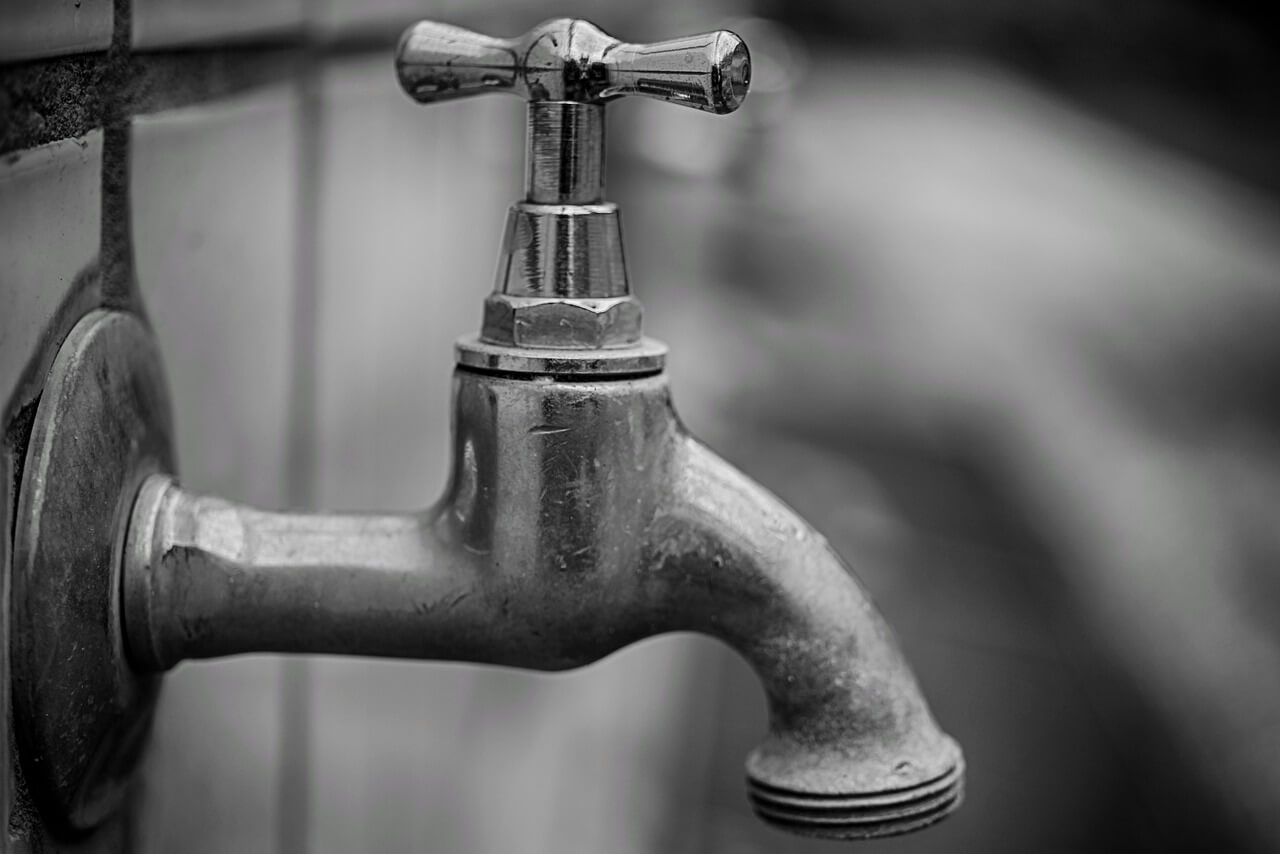



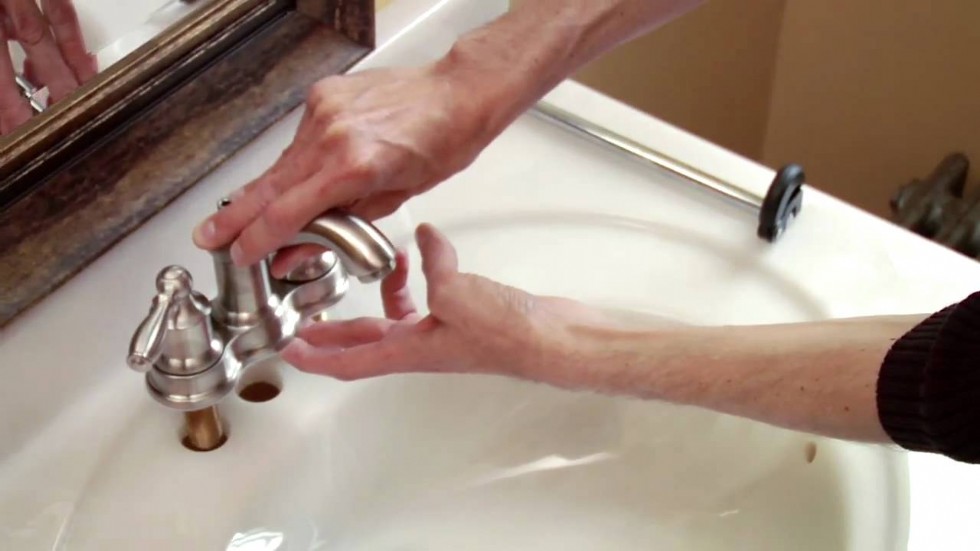
















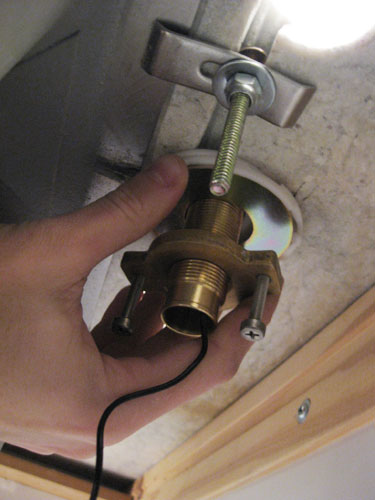



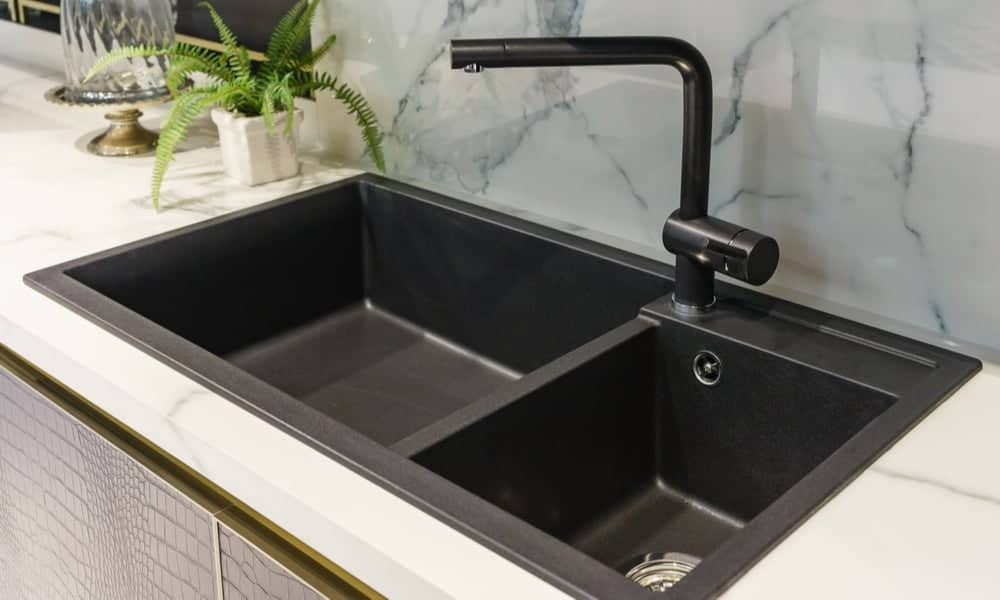






/choose-dining-room-rug-1391112-hero-4206622634654a6287cc0aff928c1fa1.jpg)
